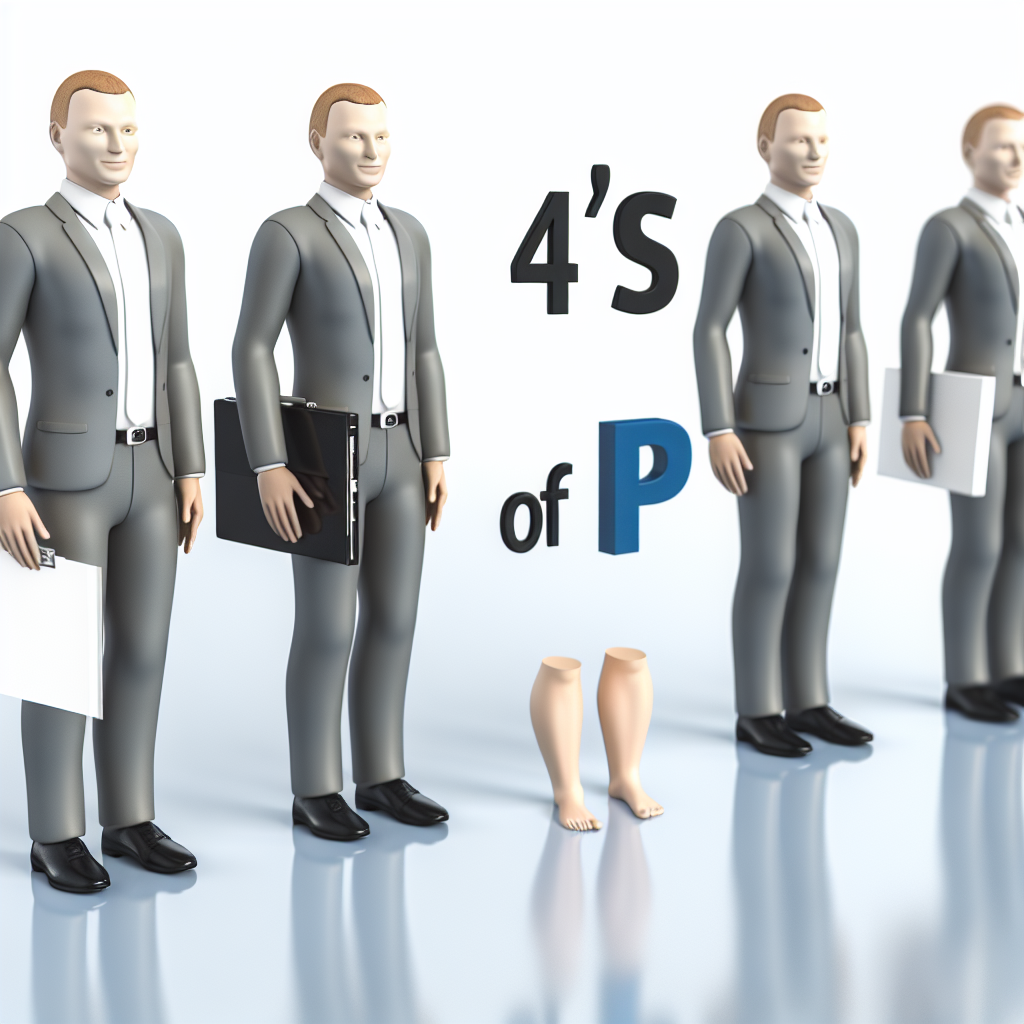
In the competitive arena of talent acquisition and retention, the concept of an HR brand has emerged as a critical factor for organisations aiming to create a positive employee experience. Within this framework, four elements known as the 4 P’s of HR—People, Pay, Process, and Promotion—serve as vital components. By exploring these aspects, HR professionals can better understand how to attract, engage, and retain their workforce effectively. Let’s delve into each of the 4 P’s, highlighting their significance, current trends, and the key benefits they offer.
1. People
The “People” facet of HR revolves around cultivating a positive and inclusive work culture. It’s about embedding values where employees feel cherished, respected, and motivated. The workforce represents the living essence of the HR brand, as employees become advocates who share their experiences with others.
Significance
A focus on “People” fosters employee engagement and encourages a culture of openness and collaboration. When workers feel valued, it enhances their overall job satisfaction and contributes to a positive workplace atmosphere.
Current Trends
Today’s organisations are increasingly recognising the importance of employee well-being and development. A growing number of companies are investing in programmes that offer growth opportunities and promote open communication. For example, Southwest Airlines has established a strong culture-driven brand that integrates HR functions, resulting in lower turnover and enhanced earnings.
Key Benefits
- Improved employee engagement and morale.
- Higher retention rates, mitigating the costs associated with turnover.
- Enhanced productivity and customer satisfaction, leading to better business outcomes.
2. Pay
The “Pay” component extends beyond salary to encompass the entire Total Rewards package. This encompasses fair and transparent structures for compensation, comprehensive benefits, performance-based incentives, and perks that are non-monetary.
Significance
Creating a competitive pay structure is essential for attracting and retaining top talent. A solid pay strategy demonstrates to employees that the organisation values their contributions.
Current Trends
There is an observable trend towards offering personalised compensation packages tailored to meet the varied needs of employees, and companies are also focusing on regular reviews to remain competitive. For instance, in the UK, benefits such as private health insurance can hold significant value given the context of public health services.
Key Benefits
- Attracting high-calibre talent, as a competitive pay structure is a decisive factor.
- Enhancing employee satisfaction and engagement, which can translate into increased productivity.
- Reducing turnover costs, making it financially beneficial for the organisation.
3. Process
The “Process” aspect pertains to the efficiency and effectiveness with which organisations manage various HR functions. This includes the design of streamlined recruitment processes, onboarding programmes, and performance management systems that are equitable and transparent.
Significance
A well-structured HR process facilitates the entire employee experience and increases satisfaction among new hires, as they feel welcomed and integrated from the start.
Current Trends
With the integration of technology, HR processes are transforming to become more automated and effective, allowing HR professionals to dedicate resources to strategic initiatives. Utilising advanced recruitment tools, for example, can significantly enhance the operational efficacy of HR departments.
Key Benefits
- Improved onboarding leads to quicker adaptation and higher job satisfaction among new hires.
- Streamlined processes contribute to better employee relations and increased productivity.
- Efficient performance management systems bolster the growth and development of employees.
4. Promotion
The “Promotion” element focuses on the effective communication of the HR brand, both internally and externally. This encompasses developing a clear brand promise, leveraging social media platforms, and encouraging employee advocacy.
Significance
A strategic promotion enables organisations to build a favourable employer brand, which can significantly impact recruitment and retention efforts.
Current Trends
Social media, notably platforms like LinkedIn, play an integral role in showcasing an organisation’s culture and values. Employee advocacy programmes are becoming more prevalent, enabling employees to share their positive experiences, further enhancing the brand’s reach and credibility.
Key Benefits
- A well-executed promotion strategy reduces hiring costs and shortens time-to-fill for open positions.
- Positive employer branding increases employee engagement and loyalty, leading to sustainable growth.
- Enhanced visibility in the market positions the organisation favourably among competitors.
Conclusion
In summary, the 4 P’s of HR—People, Pay, Process, and Promotion—are interlinked facets that contribute to cultivating a positive and productive work environment. By focusing on these components, organisations can effectively attract and retain top talent while enhancing engagement and ultimately driving favourable business outcomes. HR professionals who embrace these principles can command a strategic advantage in today’s competitive landscape, fostering a culture that not only meets the expectations of current employees but also appeals to potential recruits.
References
- Southwest Airlines – an excellent case study illustrating the importance of a strong HR brand.
- Current Trends in HR – insights into the role of technology in improving HR efficiency.
- Key Benefits of the 4 P’s – research on the advantages of a well-defined HR brand.
By leveraging the insights from the 4 P’s, HR practitioners can strategise effectively for a future where employee satisfaction and organisational success are inextricably linked.
Vadim Kouznetsov is a distinguished entrepreneur and the visionary founder and CEO of JobXDubai.com, the UAE’s rapidly expanding job board. Renowned for his expertise in bridging the gap between job seekers and employment opportunities, Vadim has become a leading authority in the recruitment and job market of Dubai.
